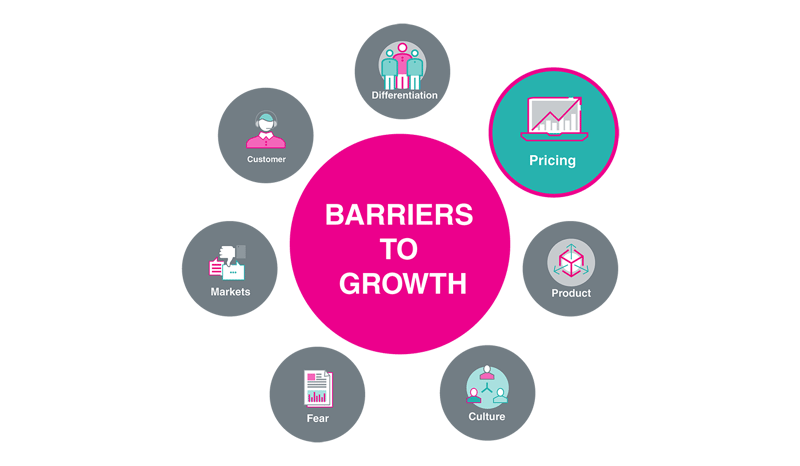Customer retention versus customer acquisition: It’s a battle for the ages.
We know that maintaining loyal customers can be easier and more profitable than finding new ones. Yet, many businesses still commit more resources to acquisition.
It is very important that you balance your focus on customer acquisition and customer retention. Your loyal customers provide the most lifetime value, after all. So, while others work themselves to the bone trying to create leads, you can come up with an effective retention process.
Why you need a customer retention process
Customer expectations are high. Walker estimated that by 2020 customer experience would exceed price and product as the most important brand differentiator. As 2020 approaches, they have found this to be true, stating,
“Meeting customer expectations in the new decade means shifting from being ‘customer focused’ to ‘customer committed.’ This deliberate transformation requires fundamental change in how B2B companies think, act, and collaborate.”
- You may like: 6 ways to improve your customer retention
So, it’s time to take action, to put a decisive process in place for customer retention in which customer experience will play a major role. Customer experience refers to the persisting impression customers form about you, based on interactions with your company.
When you have a process, you have an idea that’s repeatable and consistent, a blueprint that can be used for several customers throughout your entire business.
Here’s some advice for creating your customer retention process:
Have a customer retention funnel
In the same way you have a sales channel, you need a customer retention channel. This will help you plan an exact model for your retention process.
The thing is, current customers can fall through the cracks early on. This might be because your business is expand quickly and you can’t maintain regular contact. Or it may be due to the common danger that many businesses fall into - they think they don’t need to contact customers in the early stages unless there’s a problem.

That creates a poor customer experience. You must set expectations from the beginning and communicate these expectations to each customer. They need to know when they can expect results from your business. For instance, if they expect deliverables in month three that you will actually deliver in month six this could lead to a stir.
To give you an example of a successful customer retention process in action, you might have a superior executive call the customer after three months to ask how things are. Then provide a formal status update in month six and finally, ask the customer to be a reference after 12 months.
You also need a system in place in case something were to go wrong. Ask for customer feedback on a regular basis and trace their level of contentment. That way, if there are any issues you can solve them before the customer decides to up and leave.
Make sure you use a good CRM – effectively
A good CRM can help you manage your contacts and communications. It will help you maintain consistent contact with customers, which in turn builds trust. Your team will be able to deliver results and respond to enquiries quickly. Plus, business leaders are able to monitor whether the team is following your customer retention process.
A CRM also makes it easy to share information across your entire business. From customer service to sales to account managers who liaise with clients, every team member can see notes on previous interactions. Everybody can also see if the client has any specific preferences or if there are ongoing issues. This gives team members great insight into how they can nurture the relationship with a customer and keep them on board.
Moreover, if the main point of contact changes, you can retain consistency. Let’s say you recruit new staff members, then they can also access the relationship history with the client. A CRM helps you provide a cohesive and positive customer experience.
Include the whole business in your process
Customer service should be at the forefront of everything you do, from the way you invoice to how the business is run. It isn’t just the job of a sales rep or account manager. Thus, your customer retention process needs to include the entire business, outlining the affect that each team will have on customer relationships.
Create a culture within your business that understands the importance of customer retention. At the end of the day, how individuals behave and communicate with clients has an influence on customer retention. If your staff have customer retention at the forefront of their minds, they are more likely to follow your customer retention process triumphantly.
Always look to maximise the value you deliver
What’s going to differentiate you from other brands is customer experience. This is where your focus needs to be - on producing loyal customers and keeping them. Make sure to provide maximum value then customers are less likely to leave.
Use a customer retention channel to map out future communications with customers. Provide constant customer experience with the help of a CRM. Have your entire company work to maximise the value you provide in order to retain customers.
Wondering how retention relates to the other key pillars of marketing? Take a look at our ebook: How to Grow Your Business Through First Class Marketing.



